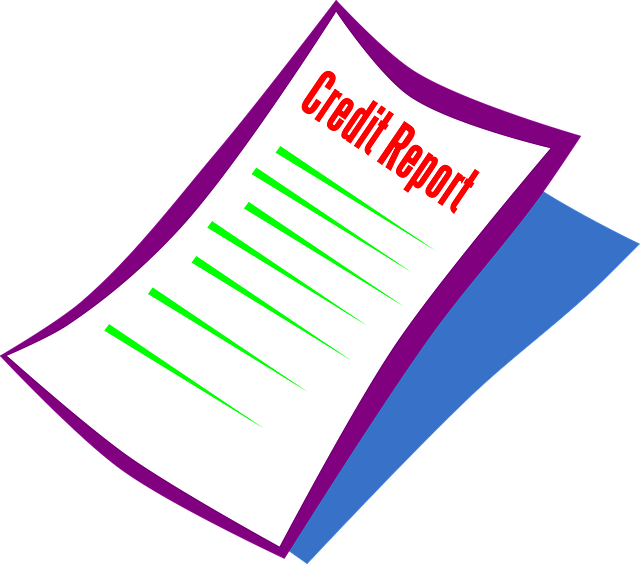When a borrower files a Title loan complaint, they initiate a structured process aimed at resolving disputes and ensuring fair lending practices, governed by jurisdiction-specific regulations. This involves document gathering, regulatory review considering both borrower and lender perspectives, potential mediation or investigation, and penalties for violating lenders. The mechanism not only addresses individual complaints but also acts as a deterrent, promoting consumer protection and ethical practices across various loan types, such as semi-truck and debt consolidation loans. Significant changes within the lending sector can result from Title loan complaints, leading to tighter regulations, licensing mandates, and heightened oversight, with severe penalties for misconduct.
When a borrower files a title loan complaint, it triggers a process aimed at resolving disputes and ensuring fair lending practices. This article delves into the intricate steps following such complaints, focusing on understanding the issue, thorough investigation, and potential resolutions. We explore how regulatory bodies investigate claims, the consequences for lenders, and the evolving landscape of title loan regulations to better comprehend consumer protection measures in place. By examining these key aspects, borrowers can navigate their rights and outcomes associated with title loan complaints.
- Understanding the Complaint Process
- Investigating and Resolving the Issue
- Consequences and Future Regulations
Understanding the Complaint Process

When a borrower decides to file a complaint regarding a title loan, they initiate a crucial process aimed at resolving disputes and ensuring fairness in lending practices. This involves understanding the specific regulations and guidelines related to title loans, which vary by jurisdiction. The initial step is to gather all relevant documents and evidence supporting the complaint. This may include loan agreements, communication records, and any proof of misleading or unfair practices.
Once the complaint is filed, it enters a structured process where regulatory bodies or designated authorities review the case. They analyze the information presented, considering both the borrower’s perspective and the lender’s defense. Depending on the jurisdiction, this could involve mediation, where a neutral third party assists in reaching a mutually agreeable solution, or a formal investigation to determine if any regulations were violated, potentially leading to penalties for the lender. This process not only addresses individual complaints but also serves as a deterrent for lenders to adhere to ethical practices, promoting consumer protection and fair lending across various loan types, including semi truck loans and debt consolidation options.
Investigating and Resolving the Issue

When a title loan complaint is filed, the first step is a thorough investigation to understand the nature and validity of the issue. Lending institutions are required to conduct a prompt and impartial review, ensuring they gather all relevant facts and evidence. This process involves communicating with the borrower to clarify concerns, examining loan documentation, and verifying compliance with regulations related to emergency funds and flexible payments.
During investigation, if the lender finds fault on their part or identifies errors in the loan agreement, they work towards resolving the issue promptly. This may include offering corrective actions such as refunding excessive fees, adjusting interest rates, or restructuring repayment terms, especially for loans like boat title loans, to ensure a fair and mutually beneficial solution for both parties.
Consequences and Future Regulations

When Title loan complaints are filed, several consequences can ensue, leading to potential changes in the lending industry. In response to widespread issues, financial regulators and consumer protection agencies often investigate the practices of lenders offering Boat Title Loans or Motorcycle Title Loans. These investigations can result in stricter regulations, licensing requirements, and enhanced oversight to prevent abusive lending tactics.
Lenders found to have engaged in unfair or deceptive practices may face penalties, including fines, legal actions, and even license revocation. Such consequences aim to deter future misconduct and ensure consumers are treated fairly. As a result, the market may see a shift towards more transparent and responsible lenders, offering better terms and rates for borrowers seeking quick cash, such as those interested in title loans.
After a title loan complaint is filed, it undergoes a structured process. Firstly, the complaint is thoroughly investigated to understand the issue. This involves gathering evidence and interviewing relevant parties. Once the details are clear, appropriate resolutions are sought, ensuring fairness for all involved. Depending on the outcome, future regulations may be adjusted to prevent similar issues and protect consumers from exploitative practices related to title loan complaints.






